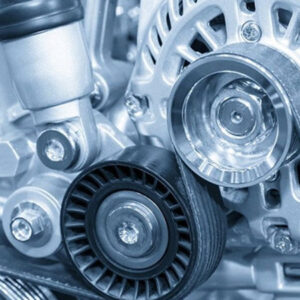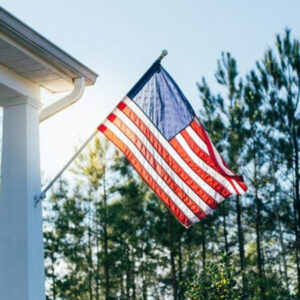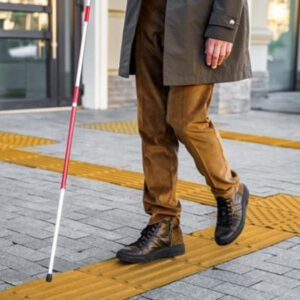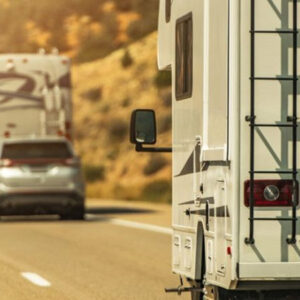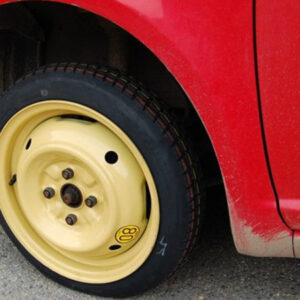
Over the years, Florida, especially the coastal areas of the state, has suffered some of the worst hurricanes in history, including Hurricane Andrew (1992), Hurricane Charley (2004), Hurricane Wilma (2005), Hurricane Irma (2017), Hurricane Michael (2018), and Hurricane Dorian (2019).
Therefore, whether you live in Florida or you’re planning to move there soon, you need to be aware of the weather situation in the state, including when the hurricane season occurs in the state, so you can take the necessary preventive and remedial measures. This article tells you everything you need to know about the hurricane season in Florida.
When Is Hurricane Season in Florida?

Whether you live in Southwest Florida, Jacksonville, South Florida, the Florida panhandle, Miami, or any other part of the state, you’re likely to experience the effects of a hurricane at least once a year. The Florida State University Climate Center reports that the hurricane season in Florida starts on June 1st and ends on 30th November every year. Therefore, you can expect to experience some type of hurricane at this time of the year.
However, the magnitude of the storm isn’t the same in every season because some storms are stronger and more destructive than others. Although the official start date for hurricanes in Florida is 1st June, some reports suggest that sometimes the season may unofficially start in May usually in the form of offseason storms. Traditionally, the offseason storms usually happen in May.
The latest reports indicate that the worst affected months are August, September, and October when the storms are at their peak. However, there’s no assurance that hurricanes will form or hit the coastal state within this period. But it’s important to prepare yourself for the worst storm so that nothing catches you off-guard.
When a hurricane hits the American coast, the majority of the cities in the middle of the globe like Orlando aren’t affected because hurricanes tend to lose momentum and power as they approach the mainland (inland). However, you should be careful when traveling to areas new Florida and other coastal states because you can’t tell when cyclones or stronger storms might reach your destination.
How Predictable Are Hurricanes in Florida?

The strongest hurricane on record to ever occur in Florida was Hurricane Dorian, which brought a lot of fear to the residents of the state. Fortunately, the storm lost its strength as it came close to the coastal state thus minimizing its impact on the state. The subsequent hurricanes, including Hurricane Ian in 2022 also approached the state but weren’t as powerful as Dorian.
The good thing about Florida hurricanes is that they are predictable. Unlike other natural disasters like earthquakes, hurricanes don’t occur suddenly. They can be monitored from the moment they start to form, giving you enough time to escape or prepare your house for the storm.
Hurricanes that reach Florida normally develop in the Caribbean Ocean in the form of a storm. Then they gain momentum and power as they travel towards the shores. They take a couple of days to reach the coast. This gives residents in the most susceptible areas time to move to safer areas.
Furthermore, the American government and private disaster management and prevention organizations have enough time to mobilize important resources that are needed to manage the storms. They also issue emergency alerts, guidelines, and evacuation procedures to minimize damages caused by hurricanes. Therefore, you don’t need to panic if you find yourself in Florida during the hurricane season.
The US weather service department is mandated with observing hurricanes and other strong storms, and alerting residents through the mass media and other communication channels when they notice significant activity in the ocean that could result in a hurricane or a storm. The department operates from the National Hurricane Center (NHC) in Miami, Florida International University.
This center is equipped with state-of-the-art technology that can detect the slightest formation of a tropical cyclone about 10 days ahead. The center is part of the National Centers for Environmental Prediction (NCEP), which is also based at Florida International University, Miami. The core mission of the two centers is to save lives by predicting destructive hurricanes and storms before they reach the shores.
By detecting these storms beforehand and warning residents to take appropriate action, the centers help to lessen the loss of life and property and enhance economic efficiency during and after the storm.
Over the years, the NHC and NCEP have been issuing reliable and effective watches, forecasts, alerts, and analyses of dangerous tropical weather. Through continuous analysis of hazardous weather in this region, these centers have increased their understanding of the hazards and advised relevant bodies on the most effective steps to take to mitigate disasters.
In short, the NHC and its partners are considered to be the quiet, strong, and reliable voice in the eye of the storm. Their work keeps communities living along the coastal line safe from dangerous tropical weather occurrences like hurricanes. Aside from relying on the information released by the NHC and its partners, you’re also required to inspect your house and other structures regularly to ensure that they‘re in a position to withstand hurricanes and other powerful storms.
You should ensure that your property developer strictly adheres to the building rules and codes in Florida, including covering the windows with wooden boards like plywood to prevent flying debris from shattering your window glass.
Shattered window glass will not only expose you and your valuables to harsh elements, but it’s also a safety concern because it can cause serious injuries. You might need to strap down your roof to prevent it from being blown off by the strong winds. Roof clips and straps can help you to fasten your roof to your house thus improving its chances of surviving the storms.
If you have outdoor structures like a gazebo, furniture, swimming pool, and other outdoor fittings, you need to secure them properly before the hurricane arrives. If they’re movable, bring them inside the house. For the bulky, immovable fittings, you’ll need to figure out the most effective way to keep them safe.
Trim or cut down trees near your house. Some hurricanes are so powerful that they uproot fully-grown trees and other tall structures. So, you need to trim or remove tall trees near your house to avoid disasters during hurricanes. Don’t forget to caulk your doors and windows to prevent water from leaking through the crevices.
You might need to insure your property, especially if your locality is highly prone to hurricanes. For instance, you can purchase wind or flood insurance coverage. During the hurricane, stay indoors and bar your doors on the inside with heavy furniture to avoid strong wind and flying debris. Also, watch out for downed electricity lines and avoid stepping into pools near the power lines because you can easily be electrocuted.

